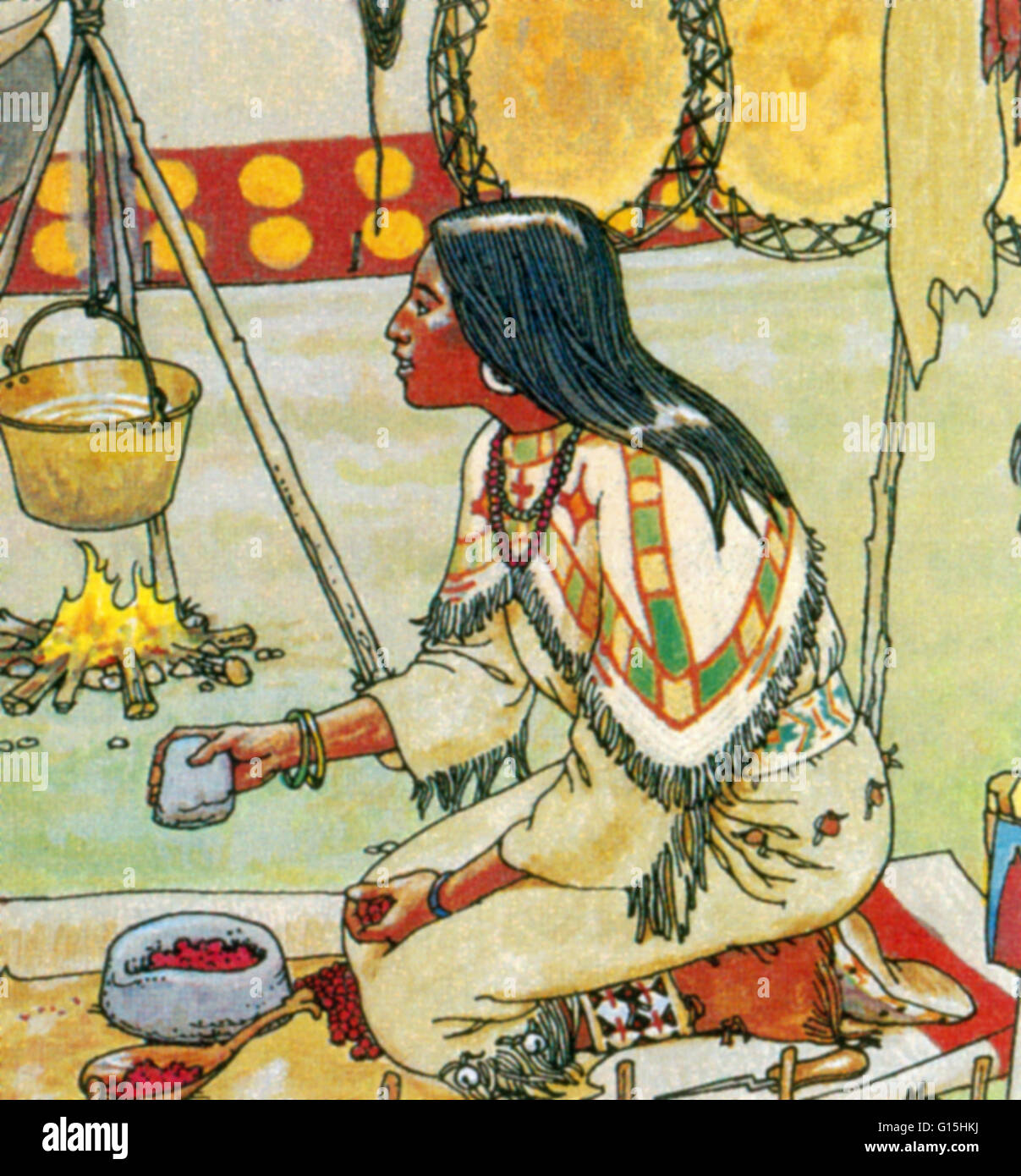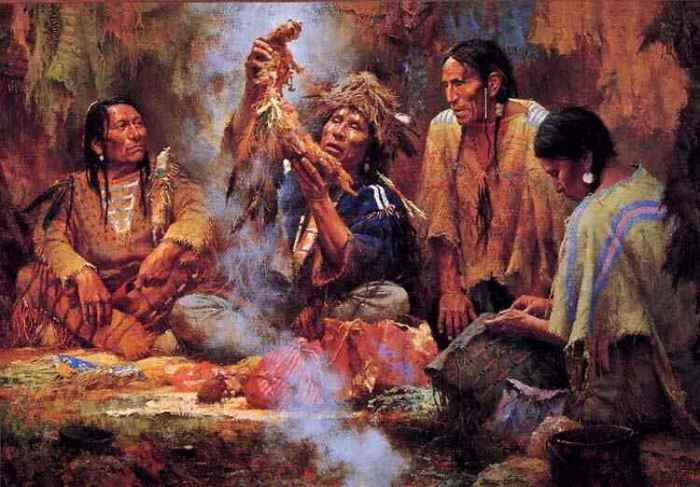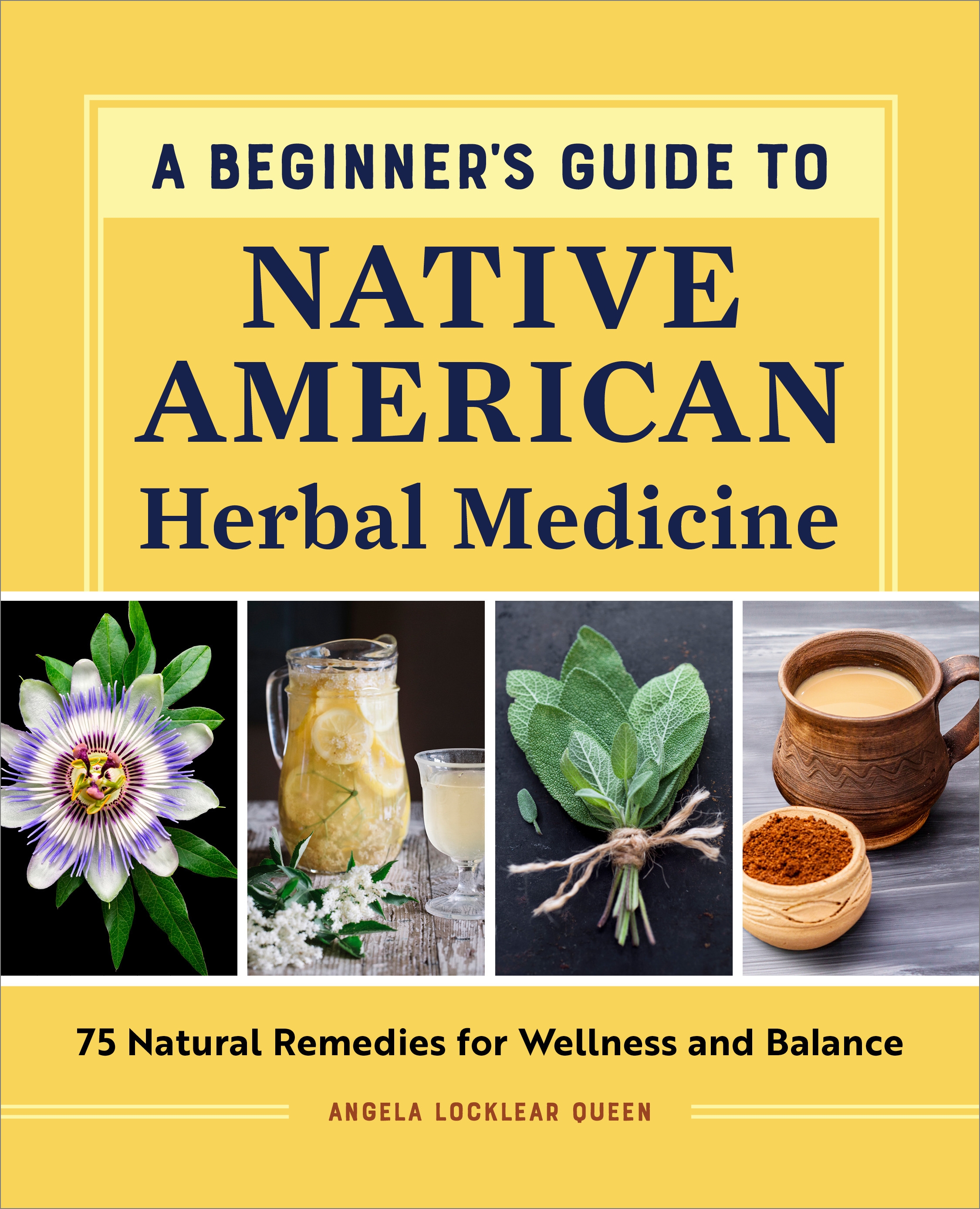
The Spirit of Healing: Unveiling the Holistic Heart of Native American Medicine
When one hears "Native American medicine," images of ancient herbs or perhaps a lone shaman might come to mind. But to reduce it to such simplistic notions is to miss the profound, intricate, and deeply spiritual tapestry that defines Indigenous healing systems across North America. Far from a mere collection of remedies, Native American medicine is a holistic way of life, inextricably linked to culture, community, and the natural world, offering lessons in wellness that resonate powerfully even in our modern age.
At its core, Native American medicine is about balance. It’s a system where health is not merely the absence of disease, but a dynamic state of harmony among the physical, mental, emotional, and spiritual aspects of an individual, and crucially, between the individual and their environment – their family, community, ancestors, and the Earth itself. Illness, in this worldview, is often seen as a symptom of imbalance or a disconnect from these essential relationships.

"Everything is connected," says a common teaching echoed across many Indigenous nations. "The health of the individual is inseparable from the health of the community and the health of the Earth." This foundational principle informs every aspect of healing, from the simplest herbal poultice to the most complex multi-day ceremony.
Beyond the Physical: A Holistic Paradigm
Unlike Western medicine, which often focuses on isolating and treating specific symptoms or diseases, Native American medicine takes a panoramic view. A healer might inquire about a patient’s dreams, their relationships, their sense of purpose, or their connection to their ancestral lands, understanding that these non-physical elements play a critical role in one’s overall well-being. The healing journey is thus not just about curing a malady but about restoring equilibrium to the entire person and their place within the cosmos.
The Role of the Healer: Medicine people, often referred to as ‘medicine men’ or ‘medicine women,’ are not just herbalists or spiritual leaders; they are knowledge keepers, counselors, and conduits between the physical and spiritual realms. Their training is rigorous, spanning decades and passed down through oral tradition, apprenticeship, and direct spiritual guidance. They must possess deep understanding of plant properties, ceremonial protocols, tribal histories, and human psychology, all while cultivating a profound connection to the spirit world. Their authority comes not from a degree, but from recognized wisdom, spiritual power, and a commitment to their community.
Modalities of Healing: Ceremony, Plants, and Spirit
The practices employed in Native American medicine are as diverse as the hundreds of distinct Indigenous nations themselves, each with its unique traditions, languages, and healing modalities. However, certain common themes and practices emerge:
-

Ceremony and Ritual: At the heart of many healing practices lie ceremonies, designed to restore balance, purify, or connect individuals to spiritual forces.
- The Sweat Lodge (Inipi): Found across many Plains tribes and beyond, the sweat lodge is a powerful purification ceremony. Participants enter a dome-shaped lodge, often made of willow branches covered with blankets, where superheated stones are brought in and water is poured over them, creating intense steam. Accompanied by drumming, chanting, and prayer, the sweat lodge is seen as a return to the womb of Mother Earth, facilitating physical cleansing, emotional release, and spiritual renewal.
- Smudging: A widespread practice involving the burning of sacred plants like sage, sweetgrass, cedar, or tobacco. The smoke is fanned over a person, object, or space to cleanse negative energy, purify, or prepare for ceremony. It’s a way of inviting good spirits and good thoughts.
- Vision Quest: For some, a solitary journey into nature, often without food or water, to seek guidance, insight, and a deeper connection to the spiritual world. It’s a profound rite of passage and a powerful healing tool for spiritual direction.
-
Plant Medicine (Herbalism): The natural world is seen as a vast pharmacy, and Indigenous peoples possess an encyclopedic knowledge of local flora. Plants are not just chemicals; they are living beings with spirits, and their harvest and use are always approached with reverence and gratitude.
- Willow Bark: Long before aspirin, many tribes used willow bark (a natural source of salicylic acid) for pain relief and fever reduction.
- Echinacea: Widely used by Plains tribes for its immune-boosting properties, particularly against infections.
- Tobacco: While often misunderstood in its modern commercial form, traditional tobacco (Nicotiana rustica) is a highly sacred plant, used as an offering, for prayer, and in ceremonies to carry intentions to the spirit world. It’s not typically smoked for recreation but used sparingly and ritually.
- Peyote: Used in the Native American Church, peyote is a cactus containing mescaline, a psychoactive compound. Its ceremonial use is for spiritual insight, healing, and connecting with the divine. It is a deeply sacred practice, distinct from recreational drug use, and is legally protected for members of the Native American Church.
-
Songs, Dances, and Storytelling: These artistic expressions are integral to healing.
- Songs and Chants: Used to invoke spirits, create a healing vibration, or accompany specific rituals. The rhythm of drums and the power of the human voice are believed to have direct healing properties.
- Dances: Often part of ceremonies, dances can be meditative, expressive, or transformative, helping to release emotional blockages or connect with ancestral energies.
- Storytelling: Oral traditions are vital for transmitting knowledge, history, and wisdom. Healing stories can offer solace, teach lessons, or help individuals understand their place in the larger narrative of their people.
-
Animal Medicine: Animals are seen as teachers and spirit guides, each embodying specific qualities or lessons. A healer might interpret animal signs or dreams involving animals to provide guidance for healing.
A History of Suppression and Resilience
The arrival of European colonizers brought not only devastating diseases but also a concerted effort to dismantle Indigenous cultures, including their healing systems. Traditional ceremonies were outlawed, medicine people were persecuted, and Indigenous languages, which held much of this knowledge, were suppressed. The forced removal from ancestral lands further severed the connection between people and the very plants and places central to their medicine.
Despite centuries of such pressures, Native American medicine endured. Knowledge was passed down in secret, ceremonies were practiced underground, and communities held onto their traditions with fierce determination. The late 20th and 21st centuries have seen a powerful resurgence, with many tribes actively revitalizing their languages, ceremonies, and healing practices. Elders are teaching younger generations, and tribal colleges are incorporating traditional ecological knowledge into their curricula.
Modern Relevance and Challenges
In today’s world, Native American medicine holds profound relevance. Its emphasis on prevention, holistic well-being, and the interconnectedness of all life offers a powerful counter-narrative to the often fragmented and reactive approach of conventional medicine. Many Indigenous communities are exploring ways to integrate traditional healing practices with Western healthcare, offering patients a more comprehensive and culturally sensitive approach to wellness.
However, this resurgence also brings challenges. Cultural appropriation, where non-Indigenous individuals or groups adopt elements of Native American spirituality or healing practices without proper understanding, respect, or permission, remains a significant concern. The commercialization of sacred practices like smudging or the misrepresentation of complex ceremonies for profit undermines the deep spiritual meaning and centuries of tradition behind them. Protecting traditional knowledge and ensuring its authentic transmission remains paramount.
As Lakota Chief Luther Standing Bear wisely stated, "We did not think of the great open plains, the beautiful rolling hills, and winding streams with tangled growth as ‘wild.’ Only to the white man was nature a ‘wilderness’ and only for him was the land ‘infested’ with ‘wild’ animals and ‘savage’ people. To us, it was tame. Earth was bountiful and we were surrounded by the blessings of the Great Mystery."
This perspective, deeply embedded in Native American medicine, reminds us that true healing often begins with recognizing and respecting our place within the natural world. It’s a timeless wisdom that offers not just remedies for the body, but profound insights for living a balanced, purposeful, and interconnected life. As the world grapples with escalating health crises and a growing sense of disconnection, the ancient yet ever-relevant teachings of Native American medicine offer a beacon of hope and a pathway toward a more holistic future.


